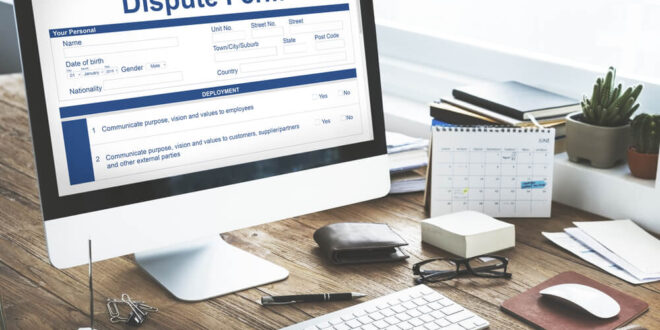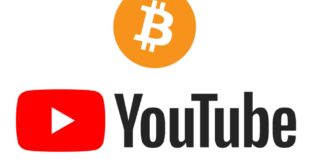Credit Score has recently garnered a lot of attention, given the role it plays in getting your request for credit approved or rejected. It is not merely a number; it says a lot about your credit history and your behavior with credit. By that logic, it is customary to see low credit scores when you have not acted responsibly with credit, like not paying on time, defaulting on loans, maxing out your cards, etc.
However, it could be pretty shocking to see a loan or credit card application being rejected due to poor scores when you know you have maintained a good track record of credit behavior. You might wonder why.
As your lenders report your all activities to the bureaus, it is sometimes possible that your report can contain errors as human work is involved in updating all the reports.
For example, your name or address might be misspelled, your limit may be misreported, or the status of a closed loan account might not have been appropriately updated. Sometimes, such mistakes might also signify ID theft and fraudulent activity. Getting these errors rectified can have an immediate positive impact on your credit score.
What Is A Dispute?

If there is an error in your report related to personal information or accounts, you can raise a dispute with the respective bureau to resolve it.
Steps To Remove Disputes From Your Credit Report
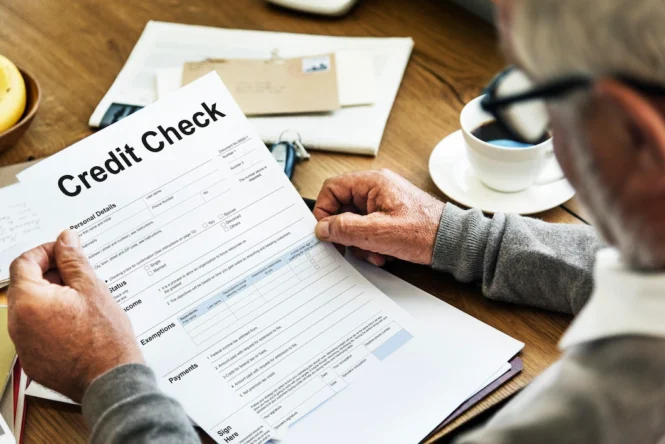
If you see errors on your Credit Report, it is good to get them rectified at the earliest, even if your credit score is not being affected.
To tackle a dispute, you would need to file a dispute.
To Whom Do You Need To File The Dispute For An Error In Your Credit Report?
This is an essential doubt that many individuals have. To understand this, let us go through your credit score generation process.
It is the bureaus that assign you the score, but it is based on the data provided by your lenders. It is good to know that credit bureaus cannot change any information in your accounts on their own, as your lender is responsible for your data.
So that does not mean that you can directly approach your lender, saying that they have made an error in reporting your activities to the credit bureau.
Thus, a dispute for an error in the report has to be filed with the bureau, which forwards it to your lender with all the proofs submitted by you for rectification. Once the lender rectifies it or overturns the dispute (possibly when the information you provided is wrong or does not match their records), the same is communicated to the other credit bureaus and the individual raising the dispute.
In effect, the dispute resolution process follows a reverse flow of the above mentioned process.
The Dispute Resolution Process
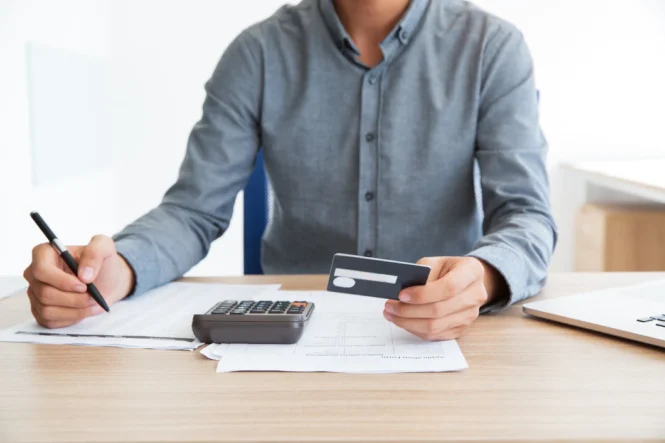
Every Credit Bureau allows you to file a dispute with them if you notice an error on your credit report. You need not file a dispute with each bureau. The dispute resolution process follows a straightforward process as detailed below.
You can file a dispute on the official websites of the credit bureaus in the following easy steps:
Step 1: Download the Dispute Resolution Form and clearly state your query in the space provided. While some credit bureaus also allow you to fill in an online form for disputes after logging into your account on the bureau’s website. Please choose your area of error correctly; it could be an error regarding your identity or account details. Be as accurate as possible, as this will help with faster processing.
Step 2: Once you have filled in the form, you need to attach a valid, self-attested copy of Identity Proof (voter ID card/driver’s license/passport / PAN card – any one) and Address Proof (Copy of electricity bill/landline telephone or mobile bill/credit card/savings / current account / other bank account statement/gas utility bill/ration card – copy of any one).
Step 3: You need to send the form along with the self-attested documents through courier, regular post, or speed post to the address mentioned on the official website of the credit bureaus.
Guidelines For Sending The Dispute Form And Supporting Documents
• Keep in mind that all photocopies should be properly self-attested
• Make sure that ID card numbers and photographs are clear and visible
• If you are sending any utility bills as a way of address proof, then it should be within three months from the current date
• Make sure that you are sending in copies of valid ID proof documents at the time of sending the dispute form
• The name and address on the ID proofs should be of the requestor, and there should be no mismatch
Once the bureau receives the dispute and all documents, it will then contact the respective lender, who can either accept the error and correct it or reject it. Until then, that particular detail under your credit report will be shown as “Under Dispute.” Find here more about credit repair in Pennsylvania.
Things To Remember
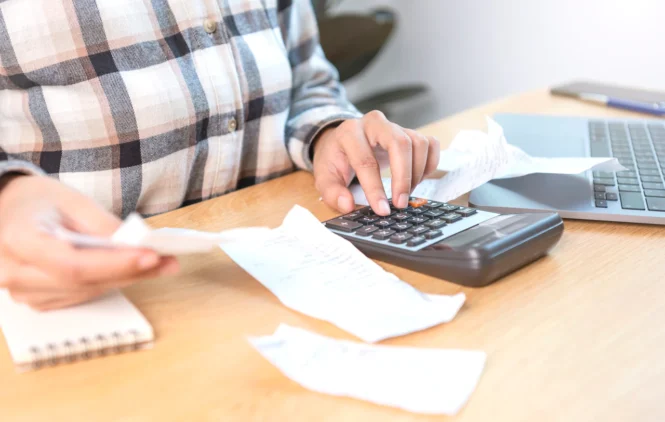
It should be noted that it takes time for issues related to incorrect outstanding amounts, loan account status, and payment date to be resolved. Meanwhile, personal information and data aggregation disputes can be corrected much more quickly. Once the dispute is resolved, you should check your report to see if the changes have been made.
Bottom Line
As you can see, there is no direct answer to how long these disputes take, as it varies on a case-by-case basis. Credit disputes can take a few weeks or months, depending on how the process goes. It is essential to check your credit report from time to time, even if your credit history is good.
It is essential to follow up to check that the errors have been rectified and the correct status is reflected in your credit report.
 Imagup General Magazine 2024
Imagup General Magazine 2024
